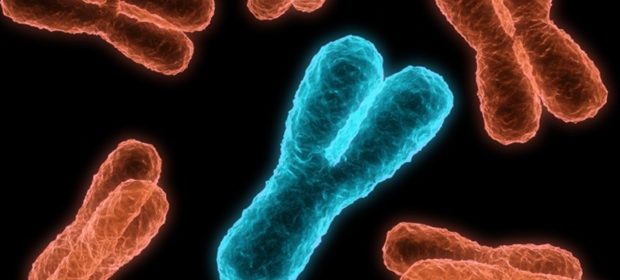Follicular Lymphoma Causes

The lymphatic system is made up of a network of lymph vessels and lymph nodes across the body. As lymphatic fluid flows through the lymph tissue, harmful or unnecessary substances such as pathogens, damaged cells or cancer cells are filtered out.
The lymphatic fluid is rich in white blood cells or lymphocytes which are responsible for fighting infection and disease. Lymphocytes originate in the bone marrow along with other blood cells and are divided into two main types – the B cells and the T cells.
The B cells develop in the bone marrow and the T cells mature in a small gland called the thymus that lies behind the breast bone or sternum. Lymphoma is a type of cancer involving uncontrolled proliferation of either the B cells or the T cells. Lymphomas are grouped into two main types – Hodgkin lymphoma and non-Hodgkin lymphoma – and follicular lymphoma is an example of a non-Hodgkin lymphoma.
There are many types of non-Hodgkin lymphoma that are classified according to certain features such as the type of cell involved. Follicular lymphoma is a cancer of the B cells and makes up around a third of all lymphomas. The disease usually occurs in adults over the age of 60 and is more common among women than among men.
The causes of follicular lymphoma are not well understood. It is known that the genetic changes that lead to non-Hodgkin lymphoma are usually acquired rather than inherited and that acquired changes are often related to factors such as exposure to toxic substances, infection or radiation. Lymphomas also seem to occur more commonly as people age and are mainly found in older individuals.
The type of mutation that occurs in follicular lymphoma is a translocation mutation, which is a mutation that occurs when DNA from one chromosome breaks away and attaches to another chromosome. When this occurs, cancer-causing genes called oncogenes may be activated and tumor suppressor genes may be deactivated.
In the case of follicular lymphoma, the translocation that occurs is between chromosomes 14 and 18. This activates the bcl-2 gene which codes for a protein that prevents programmed cell death or apoptosis. Normally, when cellular DNA is mutated, mechanisms ensure that the damage is either repaired or the cell undergoes apoptosis. Expression of the bcl-2 protein however, prevents this apoptosis and the cancerous cell goes on to divide and multiply uncontrollably, giving rise to cancer.
Sources
- www.nhs.uk/…/follicularlymphomamcs6pages.pdf
- www.lymphomas.org.uk/sites/default/files/pdfs/Follicular-lymphoma.pdf
- www.eastmidlandscancernetwork.nhs.uk/…/…nesNewTemplateFeb20111.pdf
- www.sthk.nhs.uk/…/…delinesforthemanagementoffollicularlymphoma.pdf
Further Reading
- All Follicular Lymphoma Content
- Follicular Lymphoma – What is Follicular Lymphoma?
- Follicular Lymphoma Treatments
- Relapsed/Refractory Follicular Lymphoma
- Relapsed/Refractory Follicular Lymphoma Research
Last Updated: Feb 26, 2019

Written by
Dr. Ananya Mandal
Dr. Ananya Mandal is a doctor by profession, lecturer by vocation and a medical writer by passion. She specialized in Clinical Pharmacology after her bachelor's (MBBS). For her, health communication is not just writing complicated reviews for professionals but making medical knowledge understandable and available to the general public as well.
Source: Read Full Article